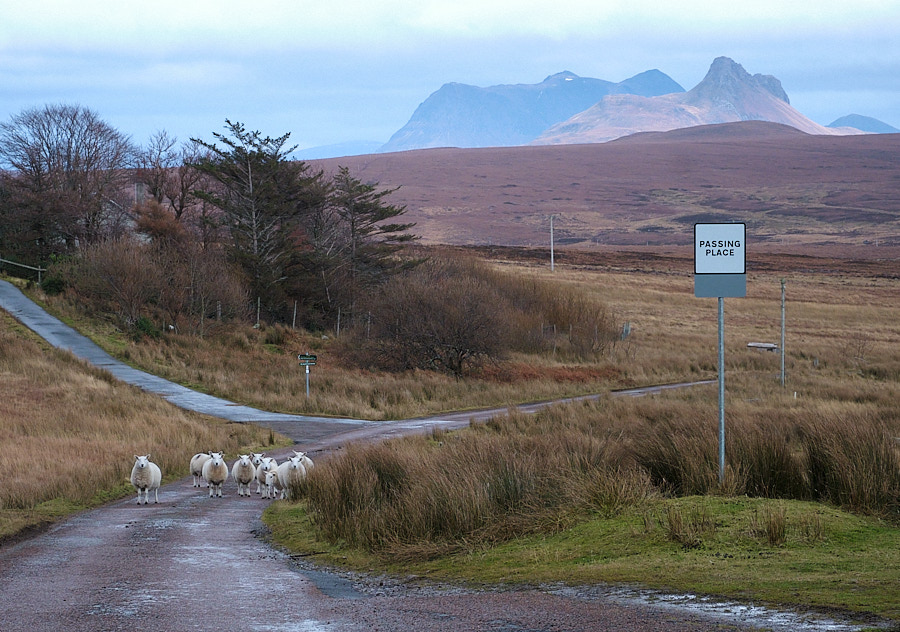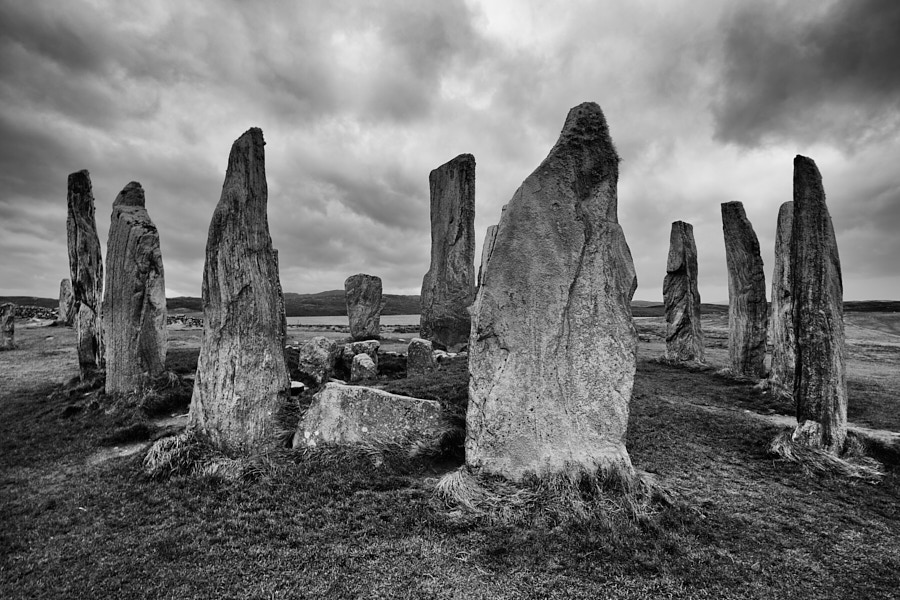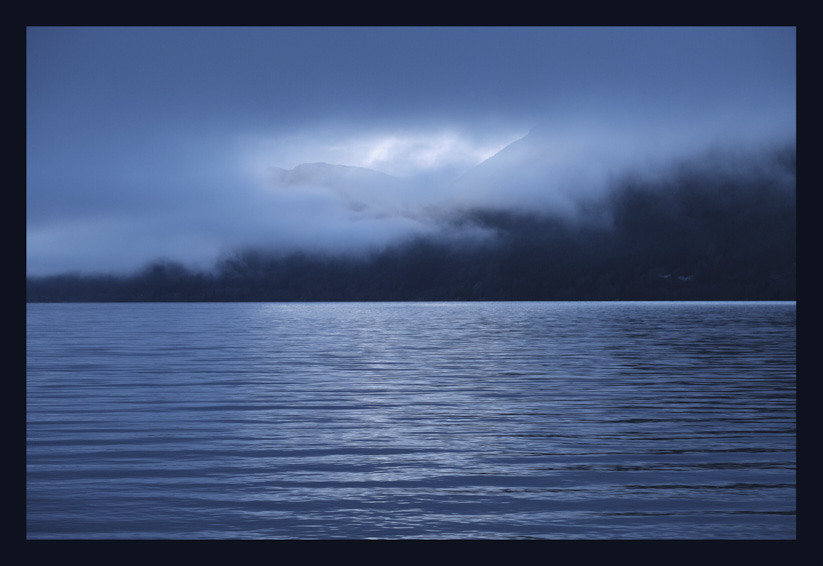 I’ve only stayed twice in AirBnB rooms.
I’ve only stayed twice in AirBnB rooms.
The first time was in Sausalito, California, many years ago, when AirBnB was still a fairly new phenomenon. (I tried out another new service called “Uber” on the same evening.) Because I was only staying one night, the room was a bit pricey, but it was otherwise fine and still a lot cheaper than a hotel just across the water in San Francisco.
The second time was a few weeks ago, when I stayed for a few days over the New Year with a delightful family on the Isle of Lewis. A really lovely spot.
So my experience with the service, however limited, has been good, and I have many friends and family members who use it a great deal more than I do.
But it’s not the same for everyone, and James Temperton’s interesting article in Wired exposes the fact that some rather dubious people have found the success of AirBnB to be an irresistable temptation…
Thanks to John Naughton for the link.



























Recent Comments